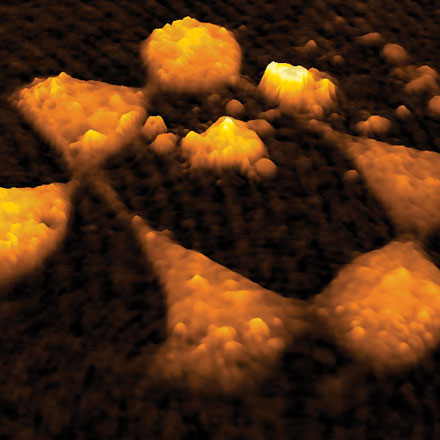|
Thursday, September 10, 2020 |
|
Join us for a FREE Webinar
Digital Holographic Microscopy for Cytometry and Histology
Thursday, September 24, 2020 10:00 AM - 11:00 AM EDT
|
|
|

|
In this webinar, Björn Kemper, Ph.D., will introduce quantitative phase imaging (QPI) and digital holographic microscopy (DHM), providing examples and an overview of representative applications for the technology.
Over the years, QPI has been continuously improved for high-resolution, label-free quantitative microscopy. DHM, an interferometry-based variant of QPI that typically uses a laser as a coherent light source, can be modularly integrated into common optical microscopes and provides quantitative phase imaging by detection of specimen-induced optical path length changes against the surrounding environment.
For DHM, the reconstruction of the digitally captured holograms is performed numerically. Thus, it can be used to achieve multifocus imaging of specimen parts in different layers, as well as subsequent autofocusing from single captured digital holograms without mechanical focus realignment. As DHM requires only very low light intensities for object illumination, the interaction with the sample under investigation is minimized, which is essential for the minimally invasive long-term monitoring of living cell cultures.
In addition, DHM-based phase contrast imaging simplifies automated object tracking and image segmentation for quantification of cell migration and morphology. It does this by extraction of absolute biophysical parameters such as cellular volume, thickness, and dry mass. Moreover, the evaluation of quantitative DHM phase images provides access to optical parameters such as the cellular refractive index. This is related to the cellular water content, intracellular solute concentrations, and tissue density.
In his presentation, Kemper will show an example of suspended cells, for which recently developed DHM concepts allow the differentiation between cell types and can be used for cell culture quality control. Kemper will cover how DHM capabilities quantify growth of adherent cells during in vitro toxicity testing. Finally, the presentation will include a discussion on the potential of DHM in histology as demonstrated by quantification of the degree of inflammation in dissected ex vivo colon tissues. The webinar will conclude with a Q&A.
Who should attend:
Biomedical scientists and those involved in R&D, engineering, maintenance, sales, and other specializations related to the use and improvement of digital holographic microscopy or other methods of subcellular imaging. Anyone interested in broadening their understanding of DHM and its many applications.
About the presenter:
Kemper is an interdisciplinary senior researcher and head of the optical technologies at the Biomedical Technology Center of the Medical Faculty, University of Muenster, Germany. He studied physics and biophysics at the University of Osnabrueck, Germany, and biomedical engineering at the University of Kaiserslautern, Germany. In 2001, he received his Ph.D. in physics from the Humboldt Universitaet zu Berlin, Germany. His research interests are optical metrology and biomedical optics with a special focus on digital holography and quantitative optical microscopy for label-free imaging of biological cells and tissues. He developed digital holographic microscopy systems for various applications in cytometry of living cells and tissue analysis in histopathology. He is the author and co-author of more than 200 publications in peer-reviewed journals, book chapters, and conference proceedings and is reviewer for various national and national funding organizations and peer-reviewed scientific journals.
|
|
|
|
Date: Thursday, September 24, 2020
Time: 10:00 AM - 11:00 AM EDT
Space is limited. Reserve your Webinar seat now at: https://attendee.gotowebinar.com/register/6617953200051101199
After registering you will receive a confirmation email containing information about joining the Webinar.
|
|
|
SYSTEM REQUIREMENTS
Operating System
Windows® 7 or later, Mac OS® X 10.9 or later, Linux®, Google ChromeTM OS
AndroidTM OS 5 or later, iOS® 10 or later
Web Browser
Google ChromeTM (most recent 2 versions)
Mozilla Firefox® (most recent 2 versions)
Mobile Devices
AndroidTM 5 or later
iPhone® 4S or later
iPad® 2 or later
Windows Phone® 8+, Windows® 8RT+
|
|
|
|
.: More from Photonics Media
|
|
|
|